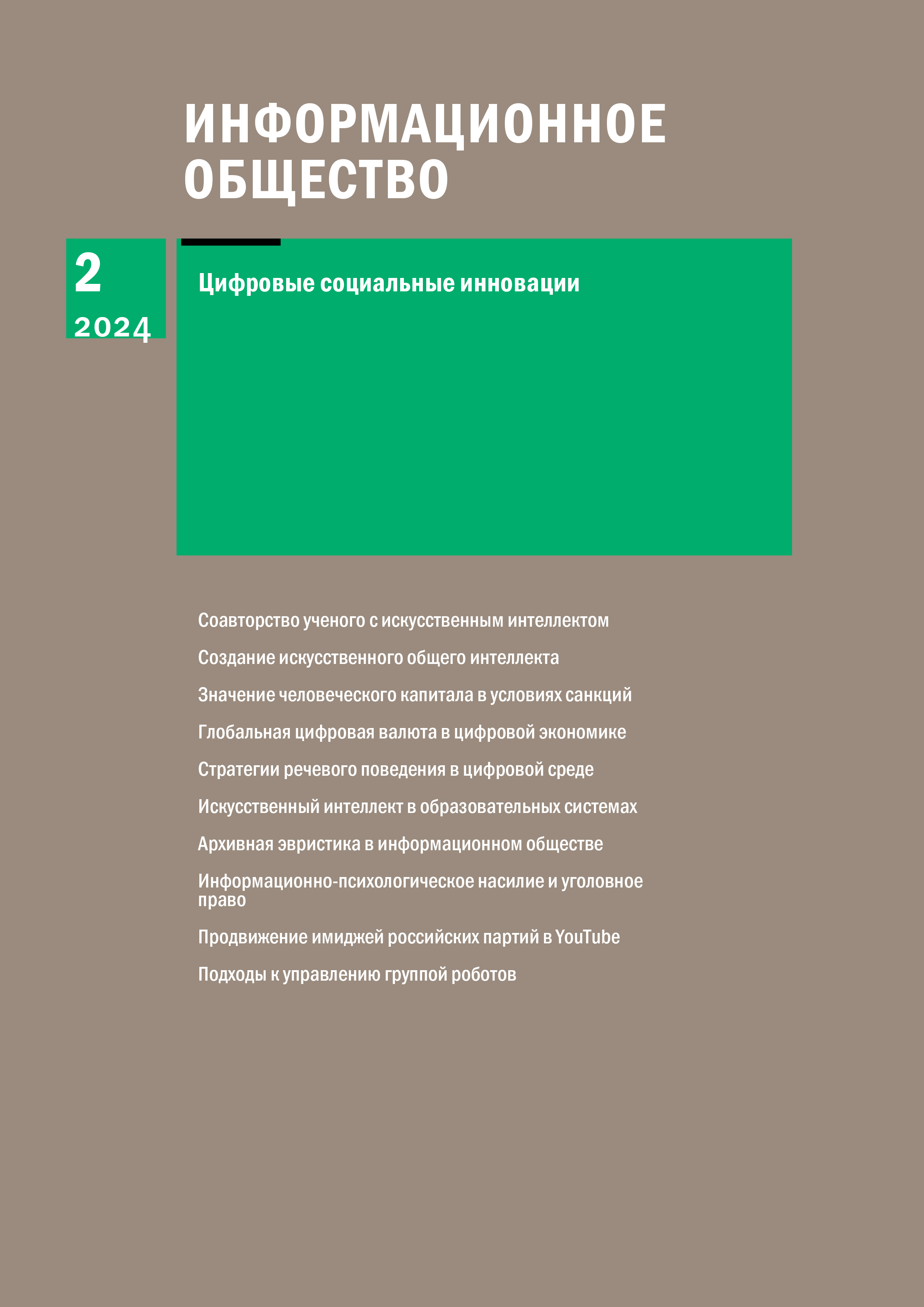An optical computer for artificial general intelligence
Keywords:
artificial general intelligence, analogue optical processor, convergent technologyAbstract
The capabilities of artificial intelligence are growing with the increase in the power of supercomputers and innovations. There is already talk about elements of creating Artificial General Intelligence (Artificial general intelligence, AGI), for example, Generative pre-trained transformer (GPT). However, the possibilities of classical approaches to building artificial intelligence are not unlimited. They are limited by the difficulties of further increasing the density of transistors, discrete (digital) data representation, the impossibility of linguistic expression of people's thoughts and emotions, the lack of accounting for the behaviour of neuronal atoms, the number of which is quadrillion times larger than the neurons themselves, and the behaviour is non-local. However, removing these restrictions, including changing the digital paradigm of data representation to an analogue one and considering the atomic structure of neurons, will require creating new materials not yet on earth, building new mathematics and creating analogue optical processors. This research will require international cooperation and unique convergent technology to ensure the purposefulness of complex interdisciplinary research. Some elements of such technology are already being worked out in practice.
Published
How to Cite
Issue
Section
Copyright (c) 2024 Александр Николаевич Райков

This work is licensed under a Creative Commons Attribution-NonCommercial-ShareAlike 4.0 International License.
